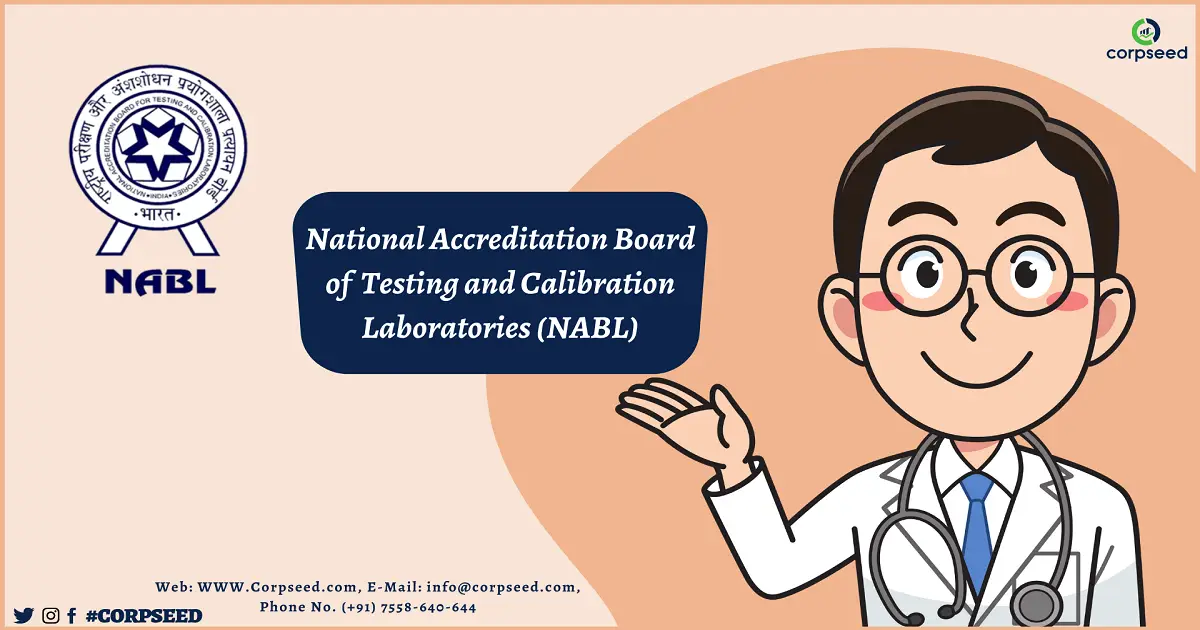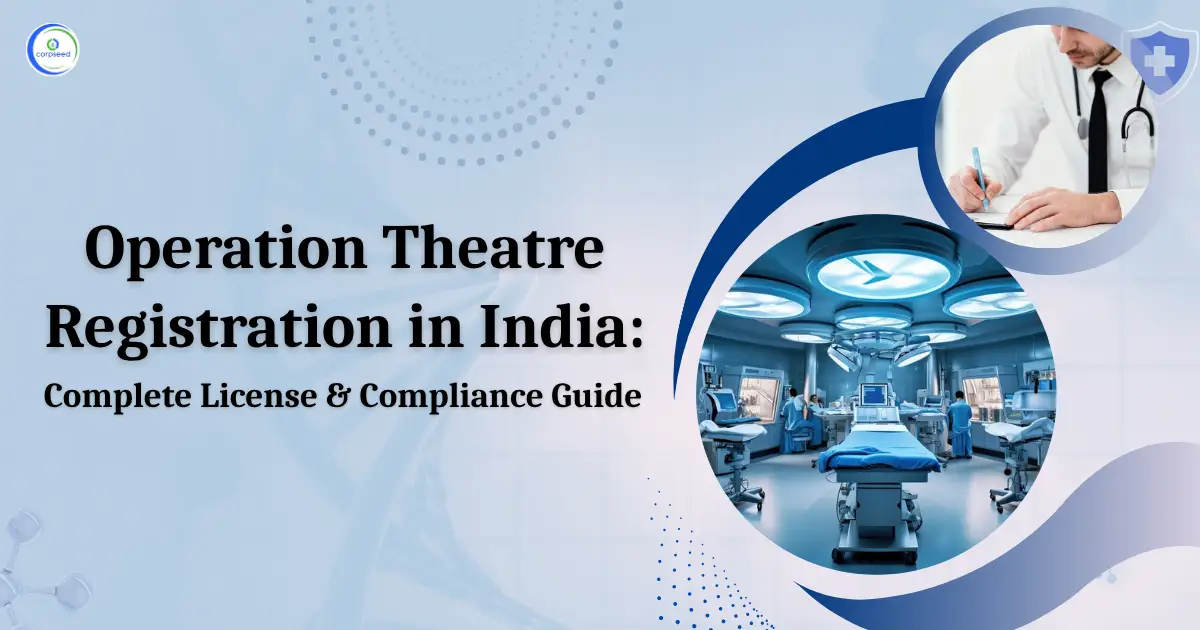Introduction
National Accreditation Board of Testing and Calibration Laboratories (NABL) gives accreditation to Conformity Assessment Bodies i.e. Laboratories. It is an autonomous body under the aegis of the Department of Science and Technology, Govt. of India that is registered under the Societies Act. It has a Mutual Recognition Arrangement (MRA) with Asia Pacific Laboratory Accreditation Cooperation (APLAC) as well as International Laboratory Accreditation Cooperation (ILAC).
The objective of the NABL Establishment:
The sole purpose of the NABL-ISO 17025 is to provide third-party assessments to ensure excellent quality and technical competence of testing and calibration laboratories, which enables the government and the industry to streamline and maintain the standardized quality environment.
NABL provides accreditation to laboratories in the Major Fields of Science and Engineering that are performing tests and calibrations as per ISO 17025 and ISO 15189.
Some of the few fields where NABL-ISO 17025 can be applied include Mechanical, Chemical, Electrical, Electronics, Biological, Fluid-Flow, Non-Destructive, Radiological, Thermal, and Forensic, Electro-Technical, etc. Also, NABL-ISO 17025 provides accreditation to proficiency testing providers and reference material producers.
NABL-ISO 17025 Implementation Requirements:
- Define Roles and Responsibility for Lab Operation and management.
- Testing to be performed as per Defined standard
- Essential documents development and maintenance for quality assurance.
- All the samples must be organized and documented.
- Written procedures must be followed for all the tasks.
- The quality of the results should be checked and monitored frequently.
- Test reports should be created for test results and the estimation of the measurements.
- Data integrity must be ensured and maintained.
- Analytical processes must be validated for sampling and testing.
- Results that are non-conforming must be documented, analyzed, and controlled.
- Employees must be qualified for their assigned jobs.
- Environmental conditions must be taken into account and monitored throughout.
- All inquiries and complaints from clients should be formally addressed.
NABL-ISO 17025 Implementation Steps:
NABL-ISO 17025 implementations in your existing environment can be simple and hassle-free. Also, you can choose to participate in various proficiency programs to improve your testing competencies. You can integrate new learning and updated techniques to enhance the quality of results in your laboratories. In order to remain NABL-ISO 17025 compliant and maintain accreditation, you must also get a periodical re-evaluation done by the accreditation body. To avail of the numerous benefits of NABL-ISO 17025 accreditation, follow the essential steps while implementing NABL 17025 in your existing environment.
- Appoint a project manager/owner.
- Define the Scope for Certification.
- Research and understand the requirements associated with the standard.
- Perform a gap analysis and identify weak areas.
- Prepare an action plan as per the analysis.
- Consider all the information and standard requirements to prepare action plans.
- Proceed ahead with the action plan.
Benefits of NABL-ISO 17025 accreditation:
NABL-ISO 17025 accreditation has several types of benefits including internal as well as external. The majority of the practical benefits can be witnessed on your day-to-day operation in the laboratory which also enables you to improve testing competency, streamlined management, lessened challenges or glitches, and improved results. Eventually, the growing benefits of NABL-ISO 17025 accreditation can help you with not only financial benefits but also recognize you for accuracy and details. Some of the key benefits of NABL-ISO 17025 accreditation are explained below.
Internal Advantages -
- Increased confidence in the testing and calibration reports due to increased accuracy, validation, and right documentation.
- Improved control over laboratory operations due to detailed documentation, ISO 17025 standard regulations, and other effective guidelines.
- Improved testing competency and quality of the testing competencies and results.
- Improved feedback from clients for the improved accuracy of the results.
- Acquired measurable growth in business as a result of the improvement in processes and results as well as improved efficiency.
- Streamlined internal management and consistency in operations and hence, efficiency in the internal operations.
- Improved performance of the employees due to increased motivation.
External Advantages -
- Recognition in the national and international markets as a result of exceptional performance.
- Enhanced customer trust and confidence because of accurate test reports and results.
- Reduction in multiple assessments hence increased client trust and saved time.
- Recognition in the industry for extraordinary performance.
- Cost and time saving as a result of increased efficiency.
This portion of the site is for informational purposes only. The content is not legal advice. The statements and opinions are the expression of author, not corpseed, and have not been evaluated by corpseed for accuracy, completeness, or changes in the law.
BOOK A FREE CONSULTATION
Get help from an experienced legal adviser. Schedule your consultation at a time that works for you and it's absolutely FREE.









